Arts & Sciences Magazine Spring 2017
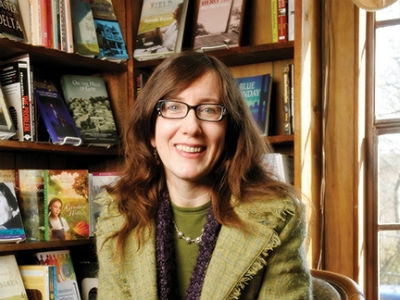
Telling Your Story Alphabetically
Kerry Madden-Lunsford, associate professor and Director of Creative Writing, teaches her creative writing students to shape their life stories alphabetically.
Read more
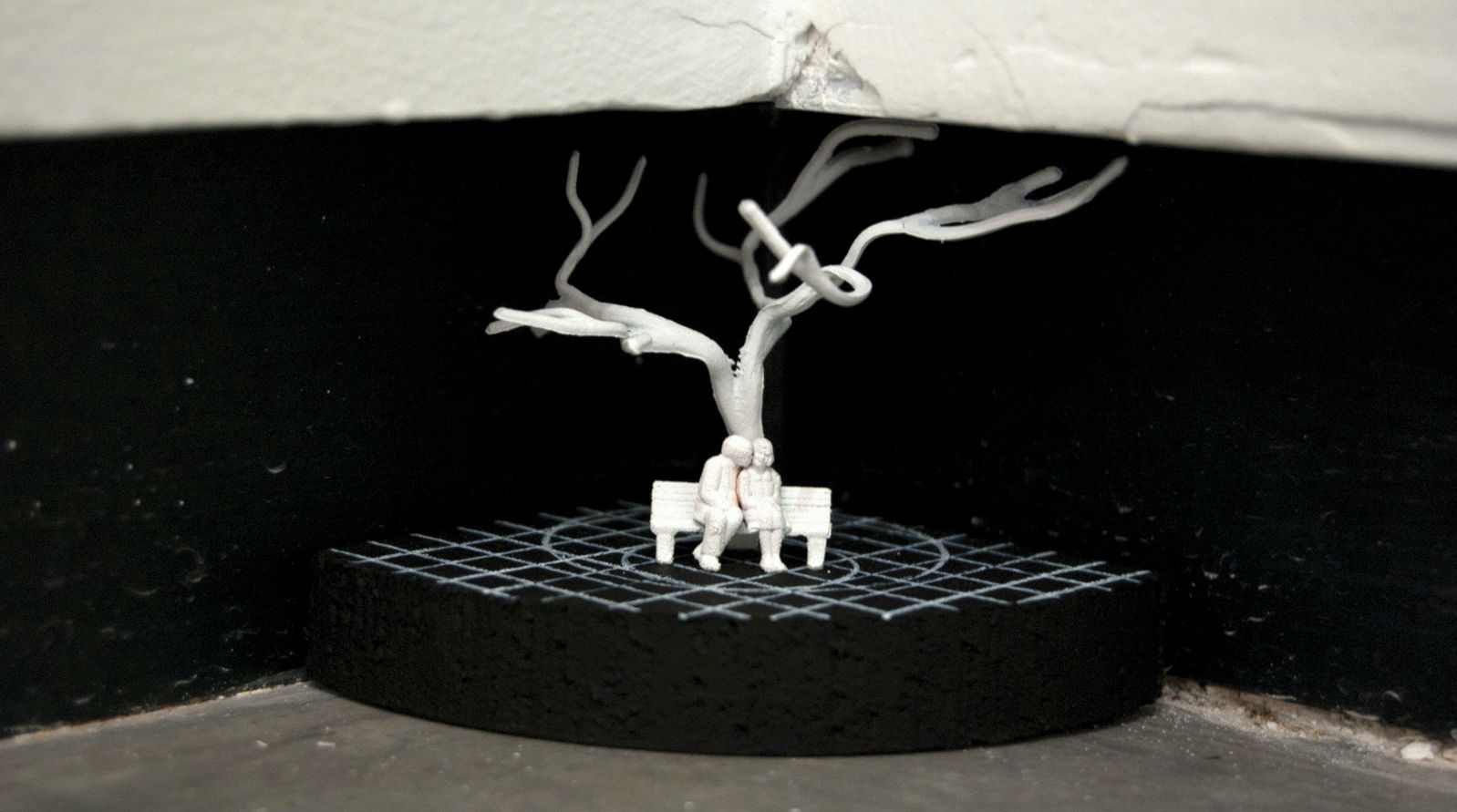
Body and Mind
College of Arts and Sciences researchers investigate what actually happens when we age—from our cells to our cognition—in the hopes of prolonging high-quality life.
Read more
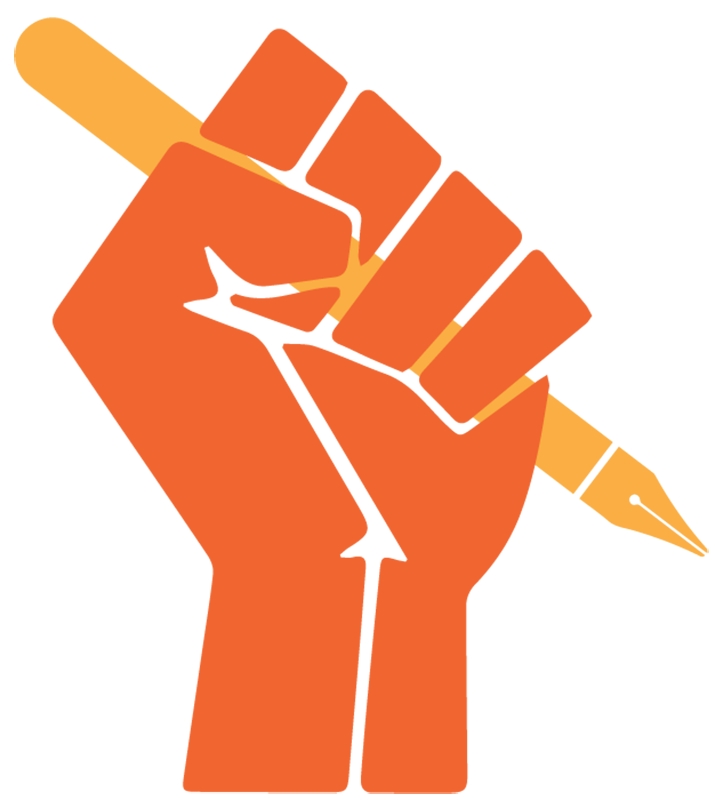
Write On
Tucked into Sterne Library is one of UAB’s best kept—and most powerful—secrets: the University Writing Center.
Read more
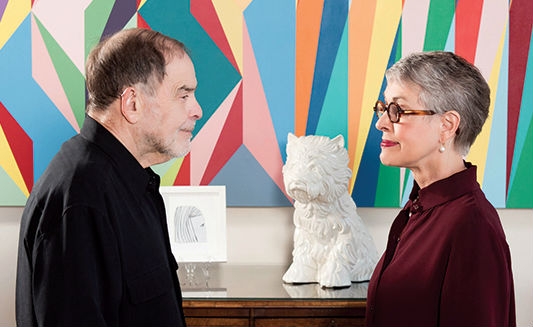
The Power of Two
Couples Jim Sokol and Lydia Cheney, Lee and Brenda Baumann, and Jane and Jim Ed Mulkin discuss their strong ties to UAB.
Read more
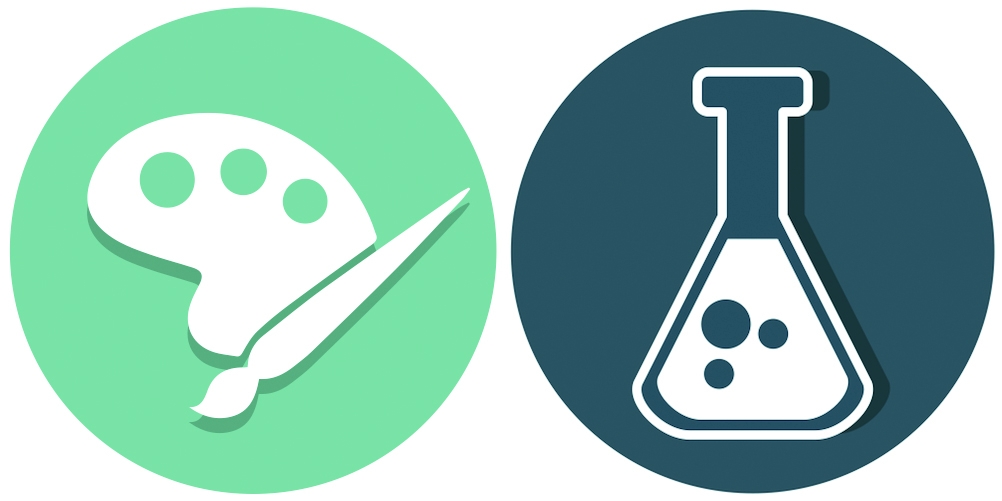
Class Notes
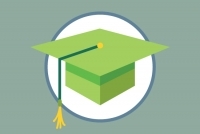
2016 Alumni Awards
Our 2016 Alumni Award winners represent another outstanding class of graduates who have made—and continue to make—a tremendous impact in their respective fields and in the larger community. This year’s winners graduated with degrees in Computer and Information Sciences, Political Science, History, Physics, and Public Administration, reflecting the breadth of scholarship and study in the College.

2017 Ireland Prize for Scholarly Distinction Dr. Heith Copes, Department of Criminal Justice
Dr. Heith Copes, professor in the Department of Criminal Justice, has been named the 2017 winner of the Ireland Prize for Scholarly Distinction.
Read more
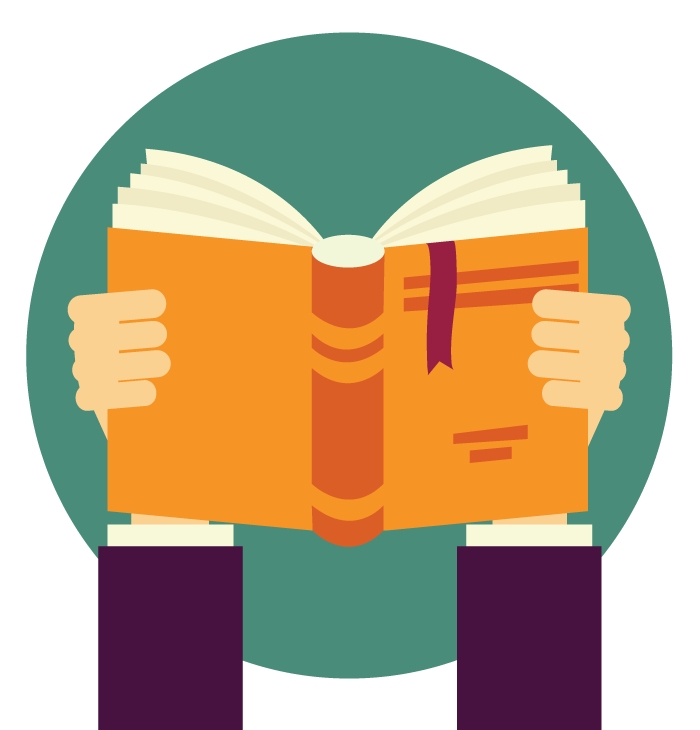
One for the Books
Congratulations to our 20 faculty members who published 21 books in 2016.
Read more
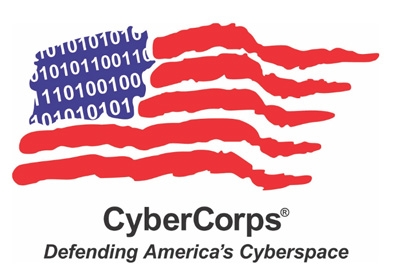
NSF Grant Funds New CyberCorps Scholarship Program
After years of collaboration between the Departments of Criminal Justice and Computer Science, The National Science Foundation has awarded a $2.1 million Scholarship for Service grant to address cybersecurity challenges.
Read more
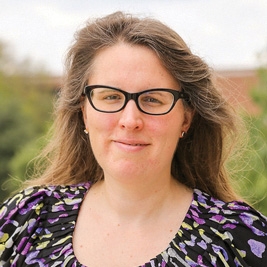
Dr. Margaret Johnson Awarded NIH Funding
The Institute of General Medical Sciences (NIGMS), part of the National Institutes of Health, has awarded a five-year MIRA R35 grant to Dr. Margaret Johnson, an assistant professor in the Department of Chemistry.
Read more
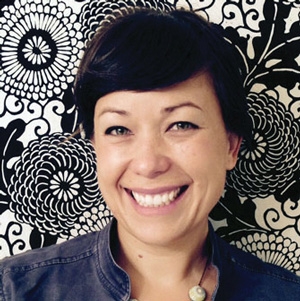
Dr. Melissa Harris Receives Award from PanAmerican Society
Dr. Melissa Harris, an assistant professor in the Department of Biology, has received the 2016 PanAmerican Society for Pigment Cell Research (PASPCR) Medrano Award.
Read more
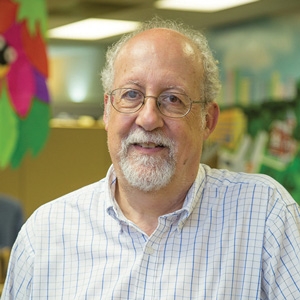
Psychology Professors Part of New Alabama Regional Autism Network
Dr. Fred Biasini and Dr. Sarah O’Kelley, professors in the Department of Psychology, are part of a new Alabama regional autism network.
Read more
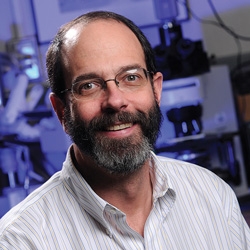
Two Biology Faculty Members Elected as Fellows in American Association of Advancement of Science
Department of Biology faculty members Dr. Charles Amsler, professor, and Dr. Steven Austad, distinguished professor and department chair, have been elected fellows of the American Association of the Advancement of Science.
Read more
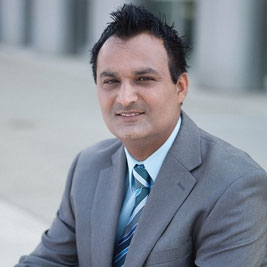
Dr. Shahid Muhktar Receives Large NSF Grant
Dr. Shahid Mukhtar, assistant professor in the Department of Biology, has been selected to receive a three-year $800,000 grant for his research from the National Science Foundation.
Read more
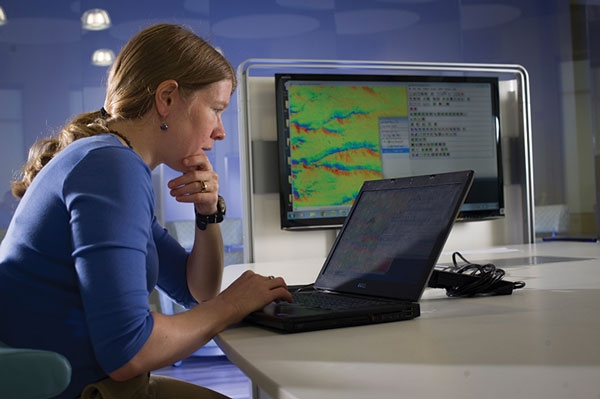
Dr. Sarah Parcak Launches TED Wish, Receives Additional Recognition
Dr. Sarah Parcak, associate professor in the Department of Anthropology, launches GlobalXplorer, a project funded by her $1 million 2016 TED Prize.
Read more
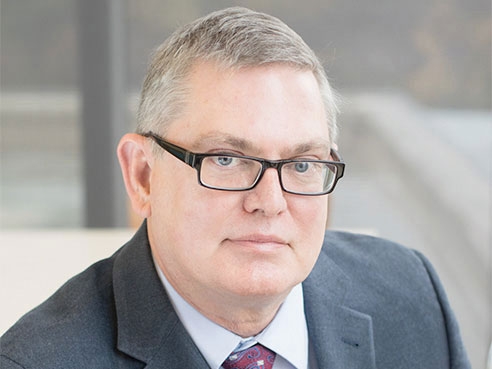
Dr. Christopher Lawson Named Chair of National Research Nonprofit
Dr. Christopher Lawson, professor in the Department of Physics, has been elected board chair of a national nonprofit coalition.
Read more
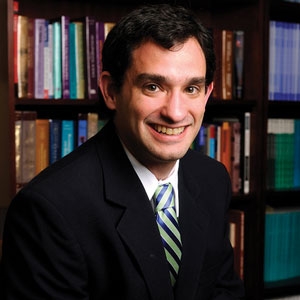
Dr. David Schwebel Receives Multiple Honors
Dr. David Schwebel, professor in the Department of Psychology and associate dean for research in the sciences, receives multiple honors.
Read more

Public Relations Certificate First in State
Majors in public relations and other communication studies will now have the opportunity to boost their resumes with the addition of the Certificate in Principles of Public Relations.
Read more

New Degrees in Computer Science, Digital Forensics, Immunology and Genetics and Genomics Sciences
The College of Arts and Sciences is proud to offer new degrees in Computer Science, Digital Forensics, Immunology, and Genetics and Genomics Sciences.
Read more
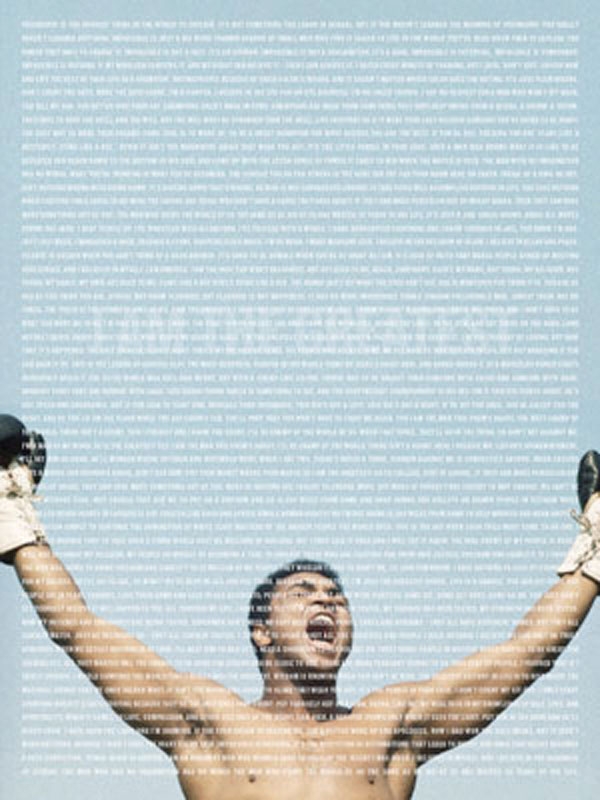
Students, Faculty and Alumni Win Big at 2017 ADDY Awards
Students, faculty, and alumni from the College of Arts and Sciences make a strong showing at the ADDY Awards.
Read more